#acer pseudoplatanus
Text
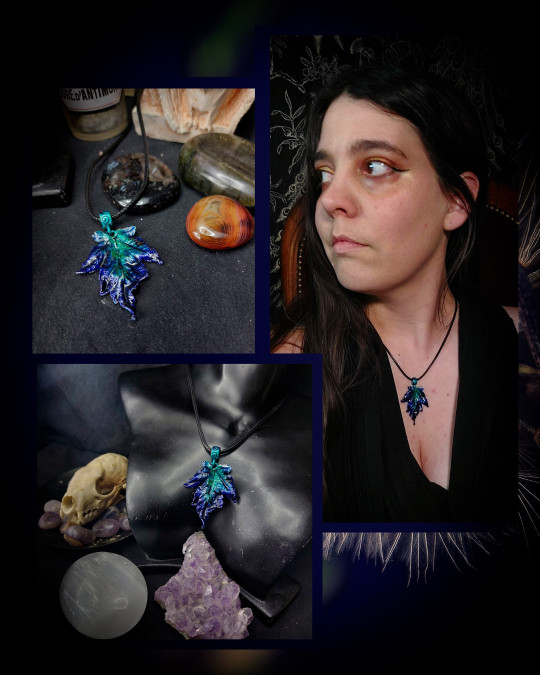
{{VENDU}}
Ǟƈɛʀ Քֆɛʊɖօքʟǟȶǟռʊֆ ƗӼ
Ɦɛʀɮǟʀɨʊʍ : Erable Sycomore (Acer Pseudoplatanus)
ʟɨɛʊ ɖɛ Ƈʊɛɨʟʟɛȶȶɛ : forêt de la Planoise (Bourgogne)
#the crypt and the incubus#witch jewelry#electroformed jewelry#handmade jewelry#botanical jewelry#pendentif#acer pseudoplatanus#erable sycomore
2 notes
·
View notes
Text

Sycamore maple (Acer pseudoplatanus)
13 notes
·
View notes
Photo
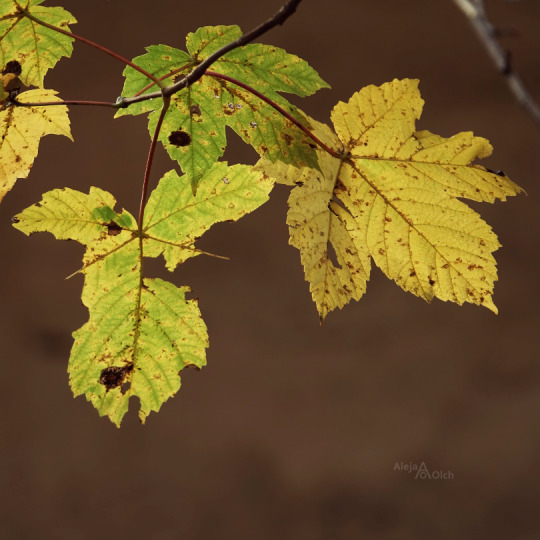
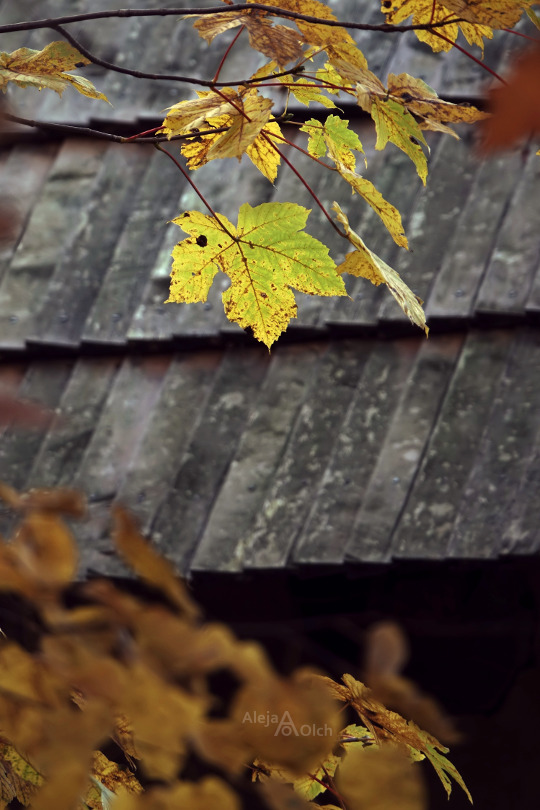

Poland, October 2021
#autumn#fall#foliage#leaves#forest#elvencore#cottagecore#nature photography#photographers on tumblr#original photography#sunlit#countryside#maple#sycamore maple#Europe#Acer pseudoplatanus
6 notes
·
View notes
Text
In contrast, woody species have a more prolonged juvenile phase, in some cases lasting 30 or 40 years (Table 20.1).
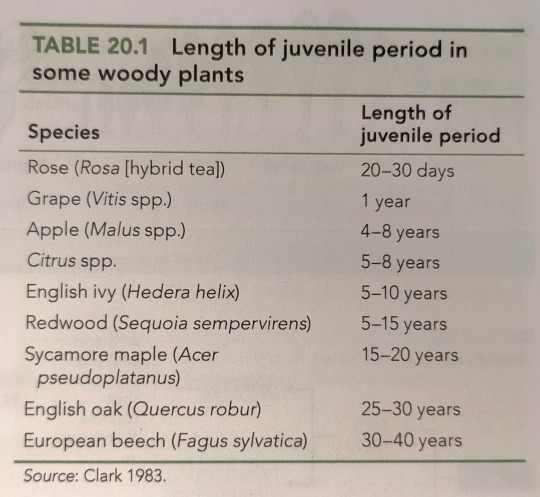
"Plant Physiology and Development" int'l 6e - Taiz, L., Zeiger, E., Møller, I.M., Murphy, A.
#book quotes#plant physiology and development#nonfiction#textbook#juvenile#woody plants#rose#tea rose#rosa#grape#vitis#apple#malus#citrus#english ivy#hedera helix#redwood#sequoia sempervirens#sycamore maple#acer pseudoplatanus#english oak#quercus robur#european beech#fagus sylvatica
0 notes
Video
n68_w1150 by Biodiversity Heritage Library
Via Flickr:
Österreichs allgemeine baumzucht, : Wien :Ignaz Albertischen Buchdruck.,1792-1822. biodiversitylibrary.org/page/42928139
#Austria#Shrubs#Trees#Harvard University Botany Libraries#bhl:page=42928139#dc:identifier=https://biodiversitylibrary.org/page/42928139#flickr#acer pseudoplatanus#Sycamore maple#sycamore#tree#botanical illustration#scientific illustratoin
0 notes
Text
The Sycamore
The #sycamore is not an indigenous #tree to the UK but it is not certain when it arrived. It is not welcomed by every one #nature #woodland #weed
Every autumn the garden comes under attack from hundreds of winged seeds, some resting at a jaunty angle in the soft soil of the lawn and borders, others lying forlornly on the patio. The source of the fusillade is not difficult to discern, a sycamore across the road whose tall structure and broad, rounded crown gives some welcome relief to what is otherwise a non-descript suburban setting.
The…

View On WordPress
0 notes
Text
My brother is a tree surgeon but knows nothing about tree species (he knows what he needs to know about trees - he’s skilled and competent) and as a gardener/horticulturist/botanist it drives me up the wall when I ask ‘oh what did you chop down’ and he responds ‘a maple and a sycamore’ bro that clarifies very little. Or worse still ‘oh I dunno’ can you show me a leaf. A bud even. Sometimes even a bud scar is enough. Give me something to satisfy my curiosity
#maple and sycamore are both acers#sycamore = acer pseudoplatanus#but maple could also be that#there are many valid forms of classification but we do need scientific binomial classification for exactly this reason
1 note
·
View note
Text

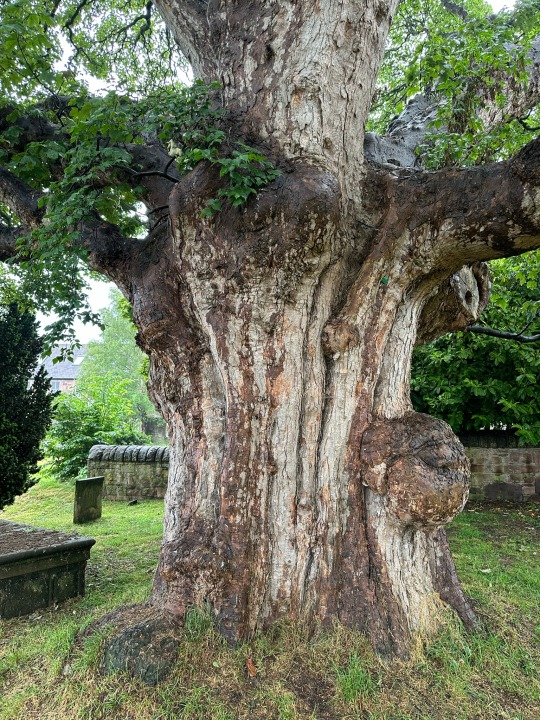
Plant of the Day
Monday 19 June 2023
The deciduous tree Acer pseudoplatanus (sycamore) makes a large domed specimen. It was introduced to the UK from Europe and has become naturalised and is widely planted.
Jill Raggett
96 notes
·
View notes
Note
are there clan words for maple trees? or do those not exist in england
Oh it's WEIRD I don't have a word for Field Maples yet, let's fix that
There are two words in Clanmew that translate to "maple."
Sycamore Maple (Acer pseudoplatanus) = Gessqa
Field Maple (Acer campestre) = Hwooq
Hwooq are exclusively found in WindClan. They HATE other trees. Completely shade-intolerant, freaks out if its roots touch anything else, spreads its seeds via wind. That's why they're called "Field Maples" in English, they like to stand alone in grasslands.
Field maples are the only native maple in England, with the Sycamore maple being native to mainland Europe. Lots of others have been introduced, but Clan cats only know of Gessqa and Hwooq.
Gessqa is only found near Fourtrees, on the human trail leading there. They were intentionally planted on a patch of what used to be oak forest, after the Ancient Fire of DOTC. Their leaves are afflicted by a special type of blight, which creates distinctive black spots with yellow rings.
Both types of trees have been the subject of HUGE brawls between WindClan and ThunderClan, in both the Forest and Lake territories. ThunderClan uses the sap of both trees as a flavoring, and the wind-dispersal of maple samaras make them grow best closer to WindClan territory.
Mapleshade's Clanmew name is Gessqahorrl. Sycamore-Understorey. It was given in reference to her excellent stalking abilities, especially in unfamiliar places like the gessqa patch where she insisted her assessment would take place.
43 notes
·
View notes
Text
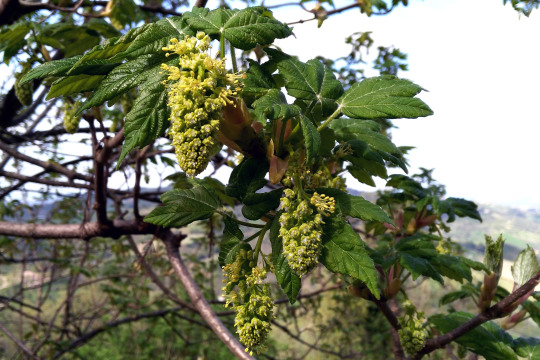

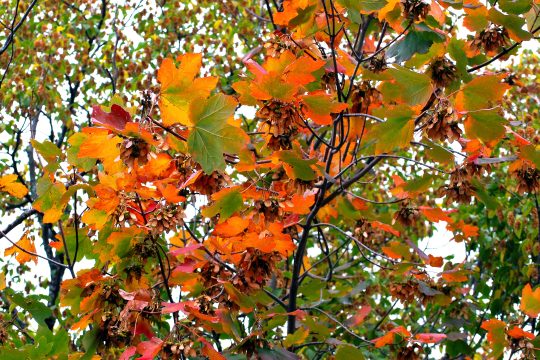
A - Acer pseudoplatanus L. - Acero di monte (Sapindaceae)
#photographers on tumblr#digital image processing#original photographs#trees#flowers#fruits#Sapindaceae
9 notes
·
View notes
Text


Ǟƈɛʀ Քֆɛʊɖօքʟǟȶǟռʊֆ άλφα
https://www.thecryptandtheincubus.fr/product/acer-pseudoplatanus-alpha
#the crypt and the incubus#witch jewelry#electroformed jewelry#botanical jewelry#pendentif#acer pseudoplatanus#erable sycomore
1 note
·
View note
Text

Acer pseudoplatanus, known commonly as the sycamore. Its one of my all time favourite trees due to the winged samaras, and is in the soapberry and lychee family Sapindaceae. It is a large, deciduous, and broad-leaved tree. Tolerant of wind and coastal exposure and native to Central Europe and Western Asia. In Britain however it is a naturalised species, though to be introduced by the Romans, or in the 1500s. In Wales, sycamore trees are used in the traditional craft of making 'love spoons', which are decoratively carved wooden spoons given as a romantic gesture.
#green witch#pagan wicca#norse pagan#original photographers#photography#pagen witch#nature#nature walks#sycamore tree#treephotography#tree photos#plant photography#nature aesthetic#plants#plant witch#trees#autumn trees#seed pods
6 notes
·
View notes
Text
i love you acer pseudoplatanus i love you fagus sylvatica i love you sambucus nigra i love you cornus mas i love you prunus spinosa i love you corylus avellana i love you native plants
2 notes
·
View notes
Text
Trompenburg Tuinen & Arboretum. (Kralingen)
Trompenburg Tuinen & Arboretum is een bomen- en plantentuin aan de Honingerdijk in de Zuid-Hollandse stad Rotterdam. Het park heeft een oppervlakte van acht hectare. De aanleg dateert van 1820, maar pas na de openstelling voor publiek in 1958, is het park, dat generaties lang beheerd werd door de familie (Van Hoey) Smith, breder in de belangstelling gekomen. Trompenburg is aangesloten bij de Nederlandse Vereniging van Botanische Tuinen.
Het park bevat circa 4000 verschillende soorten bomen, struiken en vaste planten. In 1996 is een nieuw entreegebouw geopend. Door de opzet wekt de voormalige buitenplaats bij de bezoeker eerder de indruk van een wandelpark dan van een 'bomenverzameling'.
De naam 'Trompenburg' verwijst naar een leengoed van het Slot Honingen. In de 17e eeuw stond er op het goed een buitenhuis. Dat werd in 1833 gesloopt. In 1859 vestigde James Smith (1824-1894) zich op de buitenplaats Zomerlust, die in 1820 gebouwd was. Hij voegde Trompenburg aan zijn bezit toe, evenals enkele stukken weiland en tuinderijen. Het centrale deel van Trompenburg werd in 1820 als park aangelegd. Van de beplanting uit die tijd zijn nog enkele zomereiken (Quercus robur) en een gewone esdoorn (Acer pseudoplatanus) over.
Rond 1870 werd het westelijke gedeelte aangelegd volgens een ontwerp van de tuinarchitecten Jan David Zocher en diens zoon Louis Paul Zocher. De wei, de beek met de moerascipres (Taxodium distichum) met de kniewortels, de reuzenlevensboom (Thuja plicata), enkele Hollandse essen (Fraxinus excelsior) en een oude taxus of venijnboom (Taxus baccata) stammen uit deze tijd.
Omstreeks 1900 liet de reder William Smith (1849-1918) het oostelijke deel langs de randen met iepen beplanten. Die moesten na het uitbreken van de iepenziekte in 1928 allemaal weer gerooid worden. In die tijd zijn de eerste exoten, zoals een doodsbeenderenboom (Gymnocladus dioica), een vleugelnoot (Pterocarya fraxinifolia) en een bijzonder soort es (Fraxinus xanthoxyloides var. dumosa) in dit deel van Trompenburg geplant.
Pas toen James van Hoey Smith (1891-1965) het beheer overnam werd daadwerkelijk met het verzamelen van bijzondere bomen en struiken begonnen. Hij benutte de ruimte die vrijkwam door het kappen van de 400 zieke iepen in 1928 om een arboretum aan te leggen. Hij liet daarin ook een naaldbomentuin, een rozentuin, een goudvissenvijver en een heidetuin aanleggen.
Vanaf 1939 ging Dick van Hoey Smith (1921-2010) zich met het beheer van het arboretum bemoeien. Hij ontwikkelde zich tot dendroloog. Onder zijn leiding groeide het arboretum uit tot een internationaal gewaardeerd instituut. Dat leidde er onder andere toe dat Trompenburg in 1983 door 'International Dendrology Society' de 'Conservation Plaquette' kreeg toegekend.
In 1958 werd het beheer ondergebracht in de stichting Arboretum Trompenburg, in hetzelfde jaar werd het park voor het publiek toegankelijk. Het trekt anno 2005 jaarlijks 50.000 tot 60.000 bezoekers. In 1996 is een nieuw ontvangstgebouw in gebruik genomen naar ontwerp van architect W. M. Crouwel.
In 1965 werd het arboretum in oostelijke richting uitgebreid met een aangrenzende tuin, de 'Oude Perenhof', die vroeger onderdeel van landgoed 'Woudenstein' was. In 1993 volgde nogmaals een uitbreiding naar het oosten.
In 1996 droeg Dick van Hoey Smith de leiding van het arboretum over aan ing. Gert Fortgens. Bij het honderdvijftig jarig bestaan in 2008 is de naam 'Arboretum Trompenburg' veranderd in 'Trompenburg Tuinen & Arboretum'. Dit was om duidelijker aan te geven dat het Trompenburgpark bestaat uit een aaneenschakeling van tuinen met daarin een bijzondere collectie bomen.
Foto's en informatie komen van wikipedia.


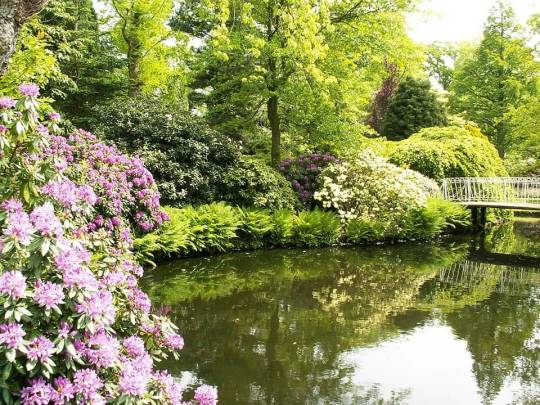
0 notes
Text
Acer pseudoplatanus
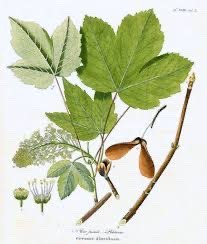


• bark on young trees is rather smooth and dark gray, on older trees is gray-brown and exfoliating
•leaves are 5 lobed, corrugated on the sides, have gray hairs at the bottom, 20 cm diameter, yellow in atumn
1 note
·
View note
Text
Tonholz für Geigen
Für den Neubau der Geigen bzw. Der Streichinstrumente verwendet UEBEL - since 1725 ausschließlich luftgetrocknetes Tonholz, das mindestens 30 Jahre abgelagert wurde. Zum Grossteil kann die Werkstatt noch auf das Tonholz der Vorfahren zurückgreifen. Es war üblich, dass das Holzlager schon für die folgende Generation gut bestückt wurde.
Für den Boden, die Zargen und die Schnecke von Violinen wird tranditionell der Bergahorn (Acer pseudoplatanus L.) genommen. Besonders schön sind die quer zur Wuchsrichtung verlaufenden Flammen dieses Hartholzes. Diese Maserung entsteht durch einen wellenförmigen Wuchs.
Bevorzugt wird der Bosnische Ahorn im Geigenbau genutzt, diesen wählte schon Antonio Stradivari für seine weltbekannten Violinen.
1 note
·
View note